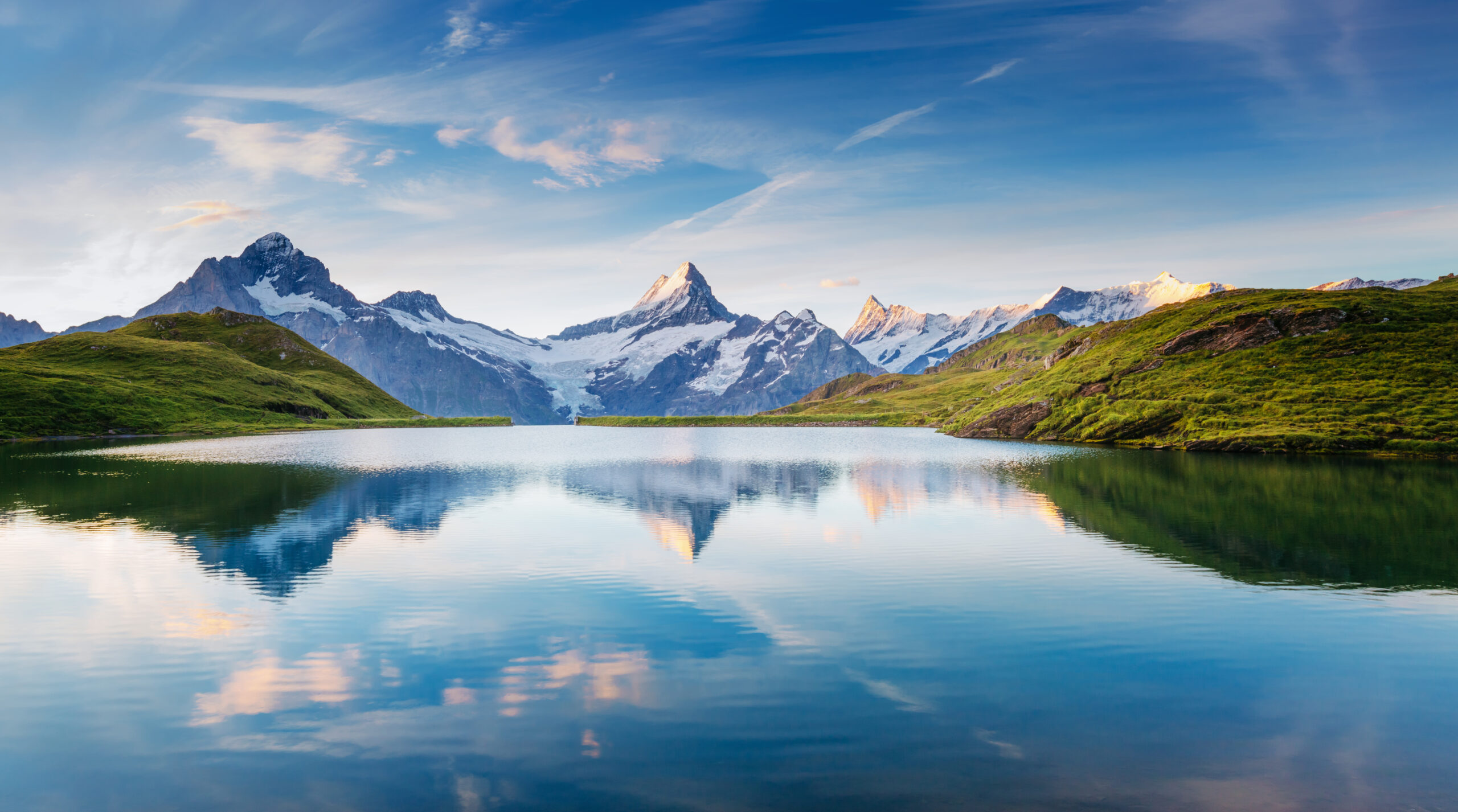Is a global water crisis imminent? This is one of the concerns raised by the United Nations in its latest “World Water Development Report”. Published on 22 March 2023 to mark World Water Day, the report points out that between two and three billion people around the world are already experiencing water shortages for at least one month a year. This situation could get even worse in the years to come, particularly in urban areas, due to clearly identified factors such as climate change and the increase in the number of people living in cities. As well as humans, these risks of shortage also represent a threat to the plant and animal world. Water is our common future, and it is essential that we act together to share it equitably and manage it sustainably,” Audrey Azoulay – Director General of UNESCO – summed up when the report was published. There is an urgent need to establish solid international mechanisms to prevent the global water crisis from spiralling out of control”.
Taking action on water quality as well as quantity
Let’s be clear: while strong, coordinated action by governments around the world on this issue is essential, the business world must also get involved. Major organisations – both private and public – must take action to manage their water use more effectively. The first measure is obvious. It aims to reduce the consumption of each player, through the implementation of good practices in the use of water, as well as technical solutions for measuring and optimising consumption. In addition to this effort, economic players must do more to measure and control the direct and indirect impacts of their daily activities (industry, energy, agriculture, etc.) on the state of water resources and water quality. Although it is often overlooked, climate change is altering not only the quantity of water resources, but also their quality and that of the ecosystems they feed. In France, for example, higher temperatures in rivers are reducing dissolved oxygen levels in the water, affecting fish populations.
The contribution of modelling to the protection of aquatic environments
To tackle all these challenges, companies now have new measurement and optimisation tools at their disposal, derived in particular from the world of IoT and AI. These include modelling tools that can help prevent quantitative and qualitative fluctuations in aquatic systems. Using data such as the weather, water flow rates or changes in river temperature, modelling can be used to represent an aquatic environment in 3D. In other words, a digital twin of the natural environment observed (lake, river, etc.). This tool incorporates algorithms as well as physico-chemical and biological knowledge. This double will make it possible to analyse and anticipate changes in an aquatic environment over the coming months and years, incorporating the estimated effects of future global warming. This will correct a major shortcoming of traditional impact studies on hydraulic projects, which rarely take climate change into account in their conclusions. Eventually, water evaporation modelling – currently under research and development – should soon be available to users of these models.
Pioneering applications to follow
In the field, there are already many examples of this modelling being used. The sheer variety of possible applications for these technologies in dealing with different water-related issues is a testament to the wealth of potential applications. In Africa, modelling tools are used to assess the impact of dam construction on forests, lakes and rivers. The top priority is to ensure access to water for the surrounding towns and villages. In France, as part of the ATARA (Assistance Tool for wAter Resources mAnagement) programme, teams from SEGULA Technologies are working with those from the Office Français de la Biodiversité and INRAE to automate the modelling of French water bodies and their quality. This tool is particularly useful in mountain areas, where precise management of water resources is required right up the mountain chain. In Spain, modelling tools based on measurements and satellite images are used to optimise water use for rice production. Finally, modelling tools also offer relevant solutions in the field of nuclear energy production. Nuclear power stations require water cooling, often from rivers. This can be problematic during heatwaves. These tools can help to adapt the electricity production system to cope with higher temperatures. So many concrete examples that demonstrate the crucial contribution of modelling technologies in the service of our common good par excellence: water. It’s up to public and private decision-makers to step up their use of these tools in the coming years. It goes without saying.







 FOR A BETTER EXPERIENCE
FOR A BETTER EXPERIENCE